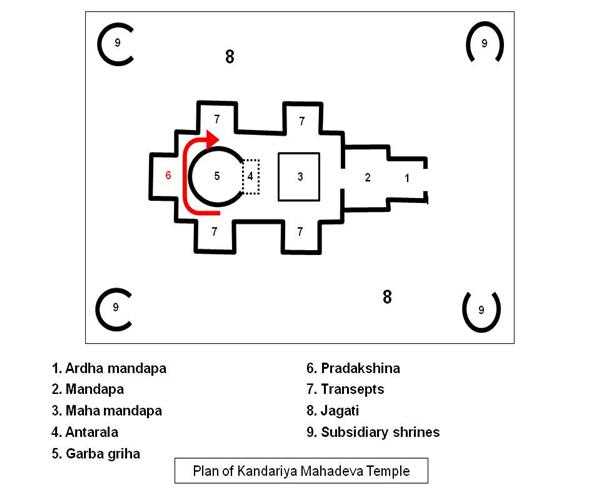The Panchayatana style of temple is a unique architectural style found in Hindu temples in India. This style is characterized by the inclusion of five shrines or sanctums, each dedicated to a different deity. The earliest example of a Panchayatana style temple can be found in the town of Badami, located in the southern Indian state of Karnataka.
The Badami cave temples were built between the 6th and 8th centuries CE by the Chalukya dynasty, which ruled over parts of southern India during this period. These temples are carved out of sandstone cliffs and are considered to be some of the finest examples of Indian rock-cut architecture.

The Panchayatana style temple at Badami consists of five shrines or sanctums, each dedicated to a different deity. The central shrine is dedicated to Lord Shiva, while the other four shrines are dedicated to Lord Vishnu, Lord Surya, Goddess Durga, and Lord Ganesha.
The temple complex also includes other features typical of Hindu temples, such as a Nandi bull statue at the entrance and a mandapa or pillared hall. The entire complex is adorned with intricate carvings and sculptures that depict scenes from Hindu mythology and the daily life of people during the Chalukya dynasty.
The Panchayatana style temple at Badami is considered to be an important milestone in the evolution of Hindu temple architecture in India. This style of temple became popular in the following centuries and can be found in many other parts of India.